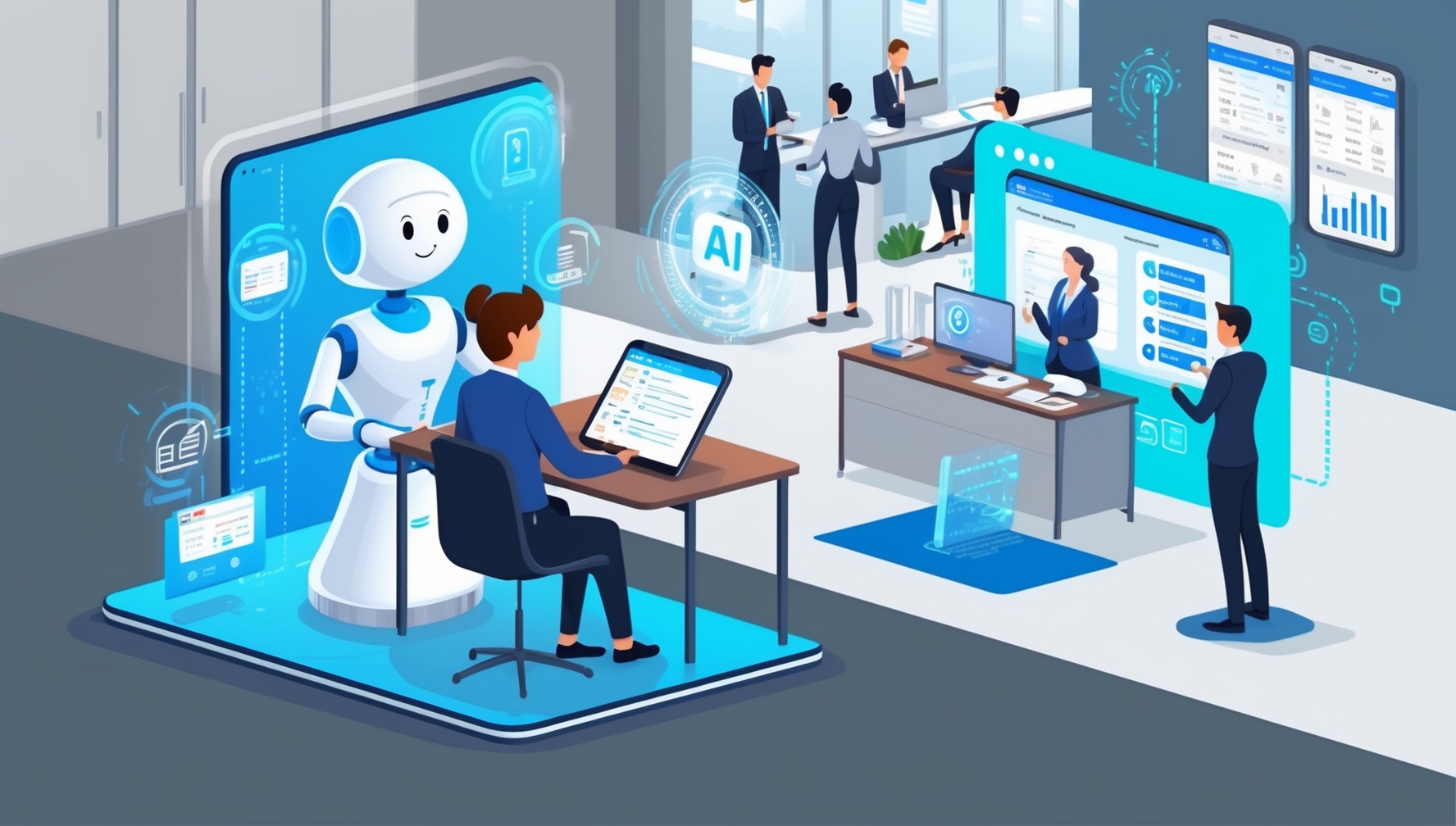In the dynamic world of corporate human resources, the onboarding process is crucial in setting the tone for a new hire's journey. However, the traditional onboarding system is riddled with challenges, primarily due to scattered information and inconsistent communication channels. New employees often find themselves in a maze of uncertainty, seeking clear guidance and prompt responses to their queries.
The lack of a centralized, reliable, and efficient communication tool during the onboarding process leads to a disconnect between new hires and the organization. This gap results in not only delayed acclimation and reduced productivity for the employee but also reflects poorly on the company's operational competence. Despite the availability of various technological tools, many enterprises still struggle with these outdated systems, leading to a workforce that might feel undervalued or misinformed.
Imagine a new employee, eager to start their journey in a company, only to be met with a slow, unresponsive, and fragmented onboarding process. They're bogged down by unanswered queries, delayed paperwork, and a general sense of not knowing who to reach out to for basic information. This scenario can be a breeding ground for dissatisfaction, confusion, and quick burnout, potentially leading to high turnover rates - a costly problem for companies.
Enter the era of artificial intelligence with chatbots - a transformative solution reshaping the onboarding landscape. This case study delves into the strategic implementation of chatbots, designed to be the round-the-clock guide for new hires. Using a familiar messaging interface, these chatbots are equipped to answer questions, provide essential information, and even facilitate certain onboarding procedures. The study highlights a leading company's journey in deploying a chatbot via the Chatfuel platform, emphasizing the design principles that contribute to an effective, reliable, and enjoyable user experience. Feedback collected post-implementation reveals a significant enhancement in communication, a smoother onboarding process, and an overall positive initial work experience for new employees. This innovation isn't just a tool but an investment in employee satisfaction and retention, heralding a new age for human resources management.
CIOs, standing at the intersection of technology and organizational strategy, face the real-world problem of ensuring that technological investments translate into tangible operational improvements. This document, highlighting the successful integration of AI chatbots in HR processes, serves as a blueprint for addressing several critical issues:
- Enhancing Employee Experience: CIOs can use this case study to understand the direct benefits of AI in enhancing employee experiences. A chatbot ensures that new hires feel valued and supported from day one, significantly impacting their long-term satisfaction and retention. By implementing such technology, CIOs can directly improve the company culture and employer branding.
- Operational Efficiency: The case study provides evidence on how chatbots streamline the onboarding process, a traditionally time-consuming HR task. By automating responses to common queries and providing instant access to necessary information, chatbots free up human resources for more strategic tasks, thereby increasing overall operational efficiency.
- Scalability and Agility: For CIOs in rapidly growing companies, managing an increasing number of new hires can be daunting. The chatbot solution illustrated in the document showcases how technology can be used to handle scalability concerns, providing consistent onboarding experiences without additional human resource investment.
- Data-Driven Decision Making: The analytics gathered from chatbot interactions offer invaluable insights. CIOs can analyze these data points to understand common employee concerns, bottlenecks in the onboarding process, and areas needing improvement, driving strategic, data-driven decisions.
- Risk Mitigation: Incorrect or inconsistent information provided during onboarding can lead to compliance risks and operational inconsistencies. Chatbots, programmed with up-to-date and accurate information, mitigate these risks, an aspect that CIOs can leverage for maintaining organizational compliance standards.
- Change Management: Integrating new technology is often met with resistance. This case study serves as a practical example of successful technology adoption, which CIOs can reference when managing change within their organizations. It highlights the need for user-friendly technology, stakeholder buy-in, and the positive impact on employees’ daily work lives.
By utilizing the insights from this document, CIOs can spearhead a technological transformation that solves real-world problems, optimizes resource allocation, and positions their organizations as modern, efficient, and employee-friendly workplaces.

